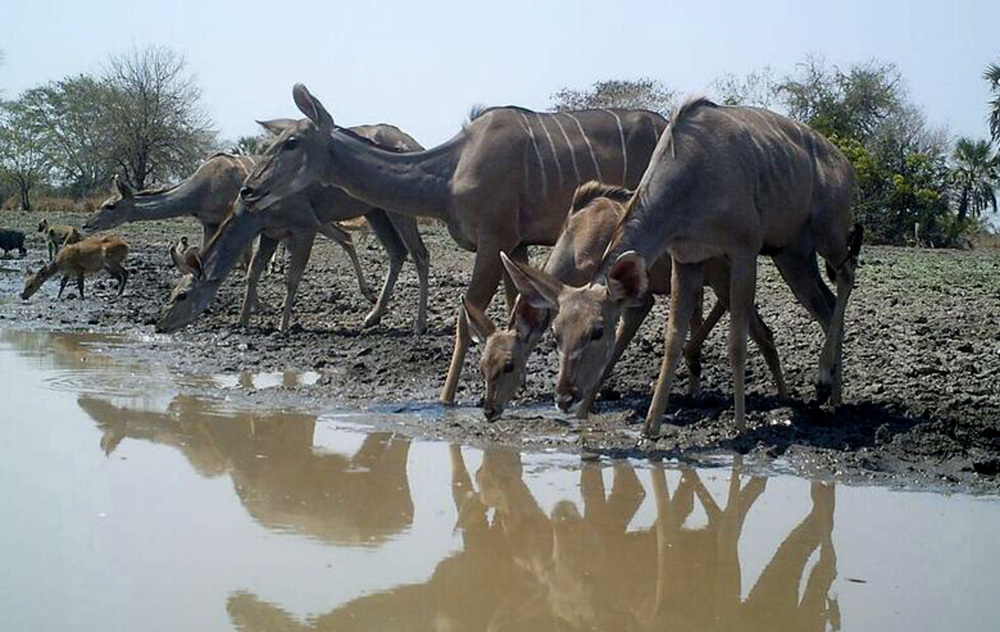JOHANNESBURG — Lions are getting pregnant and the waterbuck population is soaring at one of Mozambique’s main national parks, once the scene of fighting during a civil war which virtually wiped out the park’s lions, elephants and many other species.
The 15-year conflict that killed up to 1 million people ended in 1992, and some former battlefield foes are now working together as rangers at Gorongosa National Park, where foreign donors and conservationists helped launch a turnaround on a continent accustomed to bad news about wildlife welfare.
Still, the park remains vulnerable to poachers and other problems. Tourism dropped in 2013 and 2014 during sporadic violence linked to the rivalry between Renamo, Mozambique’s main opposition group, and its former adversary during the civil war, the ruling Frelimo party.
Gorongosa became a national park under Portuguese colonizers in 1960. The decade that followed is considered the park’s heyday; actors John Wayne and Gregory Peck and author James Michener went on safari there, according to the park’s website.
The civil war began in 1977 after Portugal’s exit from Mozambique. Fighters killed Gorongosa’s elephants for their ivory and slaughtered other animals, emptying a once-teeming landscape. Widespread poaching continued after a peace deal.
Today, there is a lot to see, thanks largely to a 2008 deal in which a non-profit group founded by American philanthropist Greg Carr pledged at least $1.2 million annually to the restoration of Gorongosa for 20 years. More funding came from European governments, the United States Agency for International Development and other donors.
Workers have built tourism facilities, planted trees and relocated buffalo, hippos and elephants from neighboring South Africa into Gorongosa; money has flowed to poor local communities whose support for the park is seen as indispensable.
“Things are really starting to go quite fast,” said Marc Stalmans, director of scientific services at Gorongosa.
The numbers tell a remarkable story of recovery, particularly at a time when populations of threatened species are under pressure from poachers and human encroachment elsewhere in Mozambique and in much of the rest of Africa. Even so, the counts in Gorongosa are generally far below what they were before the war.
Researchers have counted nearly 60 lions, double the number a few years ago, but below the estimated 200 in 1972. Four lions were pregnant in December, and at least one of them has produced a litter, Stalmans wrote in an email to The Associated Press.
The waterbuck population is more than 34,000, 10 times the figure recorded 40 years ago.
Send questions/comments to the editors.



Success. Please wait for the page to reload. If the page does not reload within 5 seconds, please refresh the page.
Enter your email and password to access comments.
Hi, to comment on stories you must . This profile is in addition to your subscription and website login.
Already have a commenting profile? .
Invalid username/password.
Please check your email to confirm and complete your registration.
Only subscribers are eligible to post comments. Please subscribe or login first for digital access. Here’s why.
Use the form below to reset your password. When you've submitted your account email, we will send an email with a reset code.